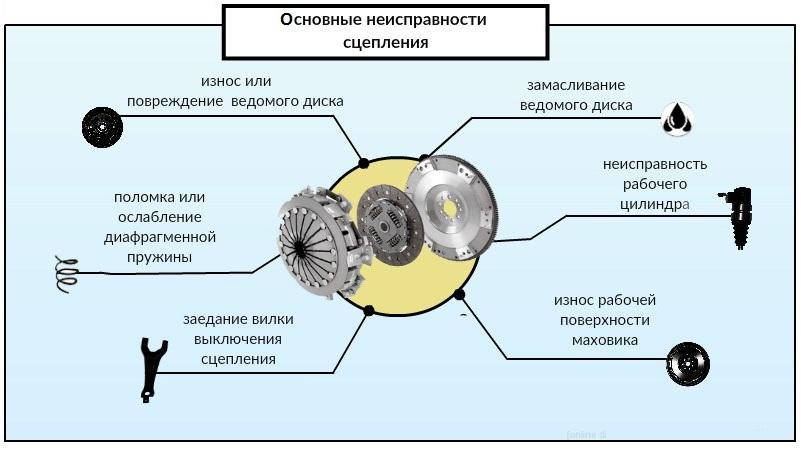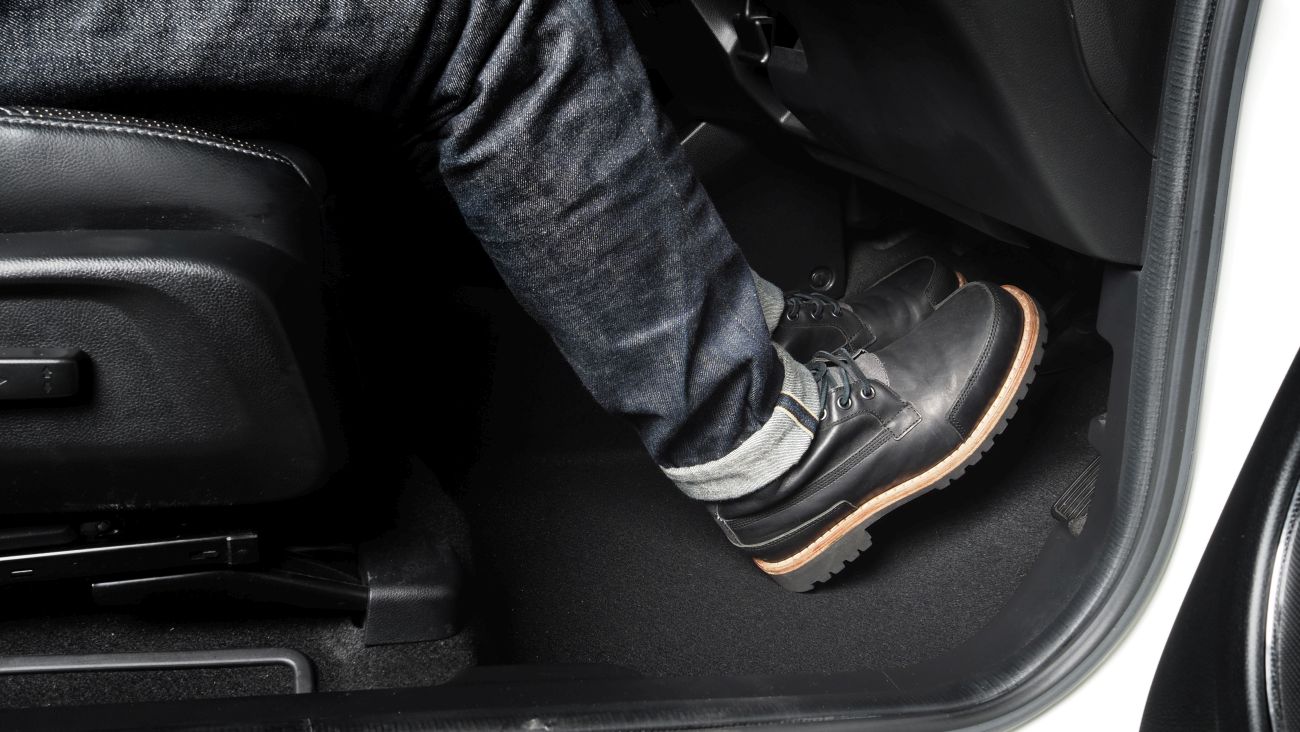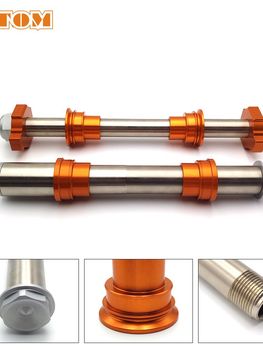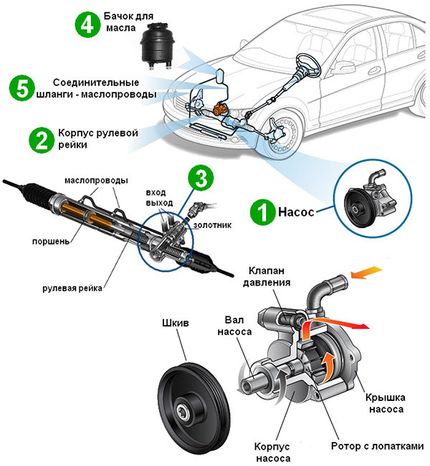
Clutch - signs of failure and wear of the clutch.
Content
Cable couplings were installed in the structures created several years ago. In its design, it resembled the one that can be found in a bicycle or motorcycle. But over time, this construction (although quite simple) ceased to be useful. The need to route the cable through the engine compartment with a minimum number of bends led to a new invention.
How does the clutch work?

To understand how the clutch release works, you need to know what a clutch is. This is a mechanical unit involved in the transmission of torque from the crank-piston system to the gearbox. While driving, the clutch is always engaged, and depressing the pedal disengages it. That is why in engines with a clutch cable, its failures were so dangerous.
It is important to note that the slave cylinder shows noticeable and gradual signs of wear. The link will work until it breaks. Then you will not be able to turn on the gear and the car will abruptly immobilize. Therefore, a very simple and reliable mechanism based on a hydraulic system was designed.
What is clutch disengagement and how does it work?

The clutch consists of several elements. Immediately behind the clutch pedal is the clutch master cylinder, whose piston moves in accordance with the position of the clutch pedal. When you push it, it pressurizes the hydraulic fluid and pushes it further down the pipe. He then depresses the clutch release lever, allowing it to operate and operate the clutch release lever.
There are two types of this type of device. The one described above is a classic representative of a semi-hydraulic system, because its integral part is the clutch release lever. It is also out of clutch. The second option is the most commonly used CSC systems today. They consist in centralizing the release device inside the clutch without the need to implement additional levers. However, the principle of operation remains approximately the same.
Clutch - signs of a hydraulic system malfunction. Signs of wear. When should the clutch pedal be bled?
Difficult shifting is a common signal that the clutch is damaged. Especially "time" and reverse turn out to be very clumsy when this hydraulic system fails. In some cases, the working cylinder may be in good condition, and the cause may lie in a leaky hydraulic system. To complicate things a bit, the hydraulically controlled clutch and brakes are the same fluid, and the loss of that fluid causes problems with both systems.
You may also notice problems with the clutch pedal slowly returning to its original position. It can also be much softer than usual. If you find it difficult to shift into gear and only manage to do so after a few quick depresses of the clutch pedal, there is very little fluid in the system and there is air in it.
Damaged clutch - what to do next?

Look under the car first and check for leaks. If they are, try to find them. It's best to start with the gearbox, working your way up to the hydraulic hoses all the way to the engine bay. Clutch disengagement symptoms are confusingly similar to fluid loss, so start with the simpler steps before disassembling the transmission.
Can I repair a damaged clutch myself?
If you see that there are no cavities and everything looks tight, you are in for a visit to the workshop. costs ремонт Clutch failure depends on whether your vehicle has an external or internal clutch. In the first case, the case will not be so expensive. The whole mechanism is more or less within the reach of the mechanic's hand.
Another thing is when this element is located inside the entire clutch assembly. To replace it, the gearbox must be dismantled. Repair of the working cylinder in this case is associated with considerable costs, which is why it is usually not done independently. In a car where the clutch disc or other clutch element is worn out, it is worth replacing the slave cylinder at the same time, even if it is not damaged. Such a procedure is not so expensive, because the part, depending on the brand, can cost several hundred zlotys.
Replacing the clutch slave cylinder “with stock” - does it make sense?
You may think to yourself that this is a waste of money. If something works, there is no point in replacing it. However, please note that when repairing transmission or clutch components, you are disassembling those components. The working cylinder is on top and can be easily replaced. In this way, you will avoid possible re-disassembly of the gearbox.
In this article, you have already learned how a fluid coupling works and why it should be replaced with a spare one. This is a device that will inform you about its consumption gradually. Therefore, do not wait until this mechanism is completely destroyed. And if it works fine and you decide to replace the clutch, replace the slave cylinder as well. In this way, you will save several hundred zlotys.

